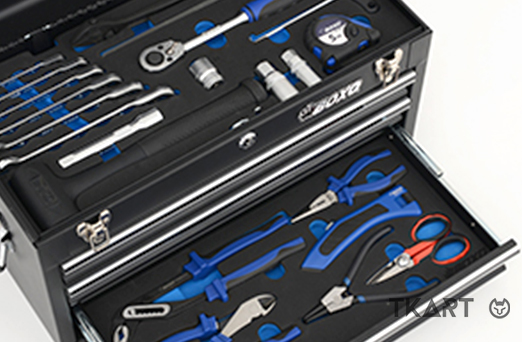Frequent Searches
Frequent Searches
The assembly of the guillotine carburetor, usually used in the KZ categories yet is also in the non-shifter karts, it is essential for the correct operation of the engine. However, the operation involves also the exact positioning of the fuel pump and of the intake silencer, which contribute to improving the engine’s power output. Guided by the expert hands of Dr. TKART, who in turn followed the instructions of one of the most experienced engineers in the field, Gianfranco Galiffa, we are going to cover all the steps for the correct installation of the carburetor, fuel pump and silencer.

The first step must be carried out on the carburetor, by mounting the fuel vent. It is a pipe (orange in the photos), with a smaller diameter compared to the that of the mixture one, which is connected on the two carburetor’s vents and is cut on the upper part. Its purpose is to avoid the loss of fuel from the carburetor during acceleration. In fact, being fixed to the two vents, the pipe allows the mixture to re-enter the carburetor while in operation.
The carburetor is ready to be fixed to the manifold by using a metal clamp. Be careful not to tighten it too much as the clamp must not “damage” the rubber. The manifold, however, has a seat inside which copies the attachment of the carburetor, precisely to allow a correct fastening without over-tightening. Once mounted, it is essential to check the position of the carburetor, which must be parallel to the conveyor. Generally, it is sufficient to support the carburetor on the manifold to obtain the correct position.